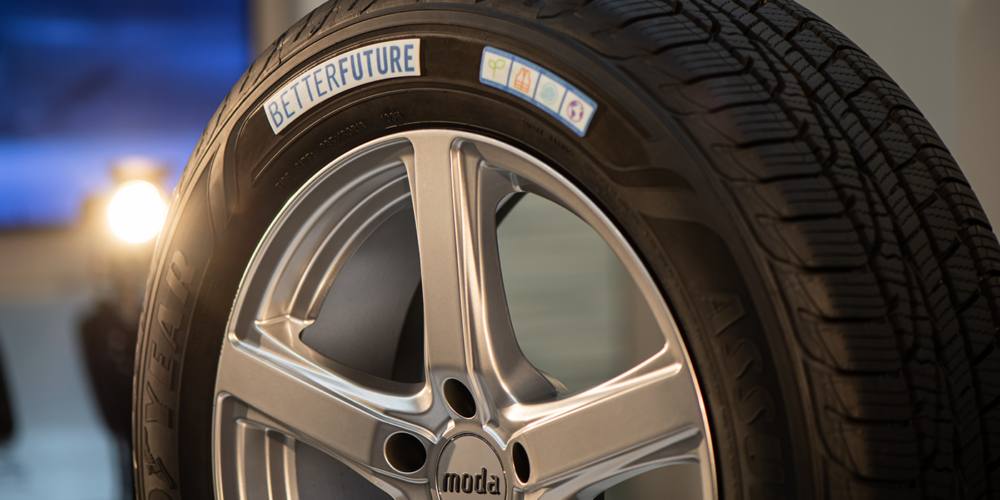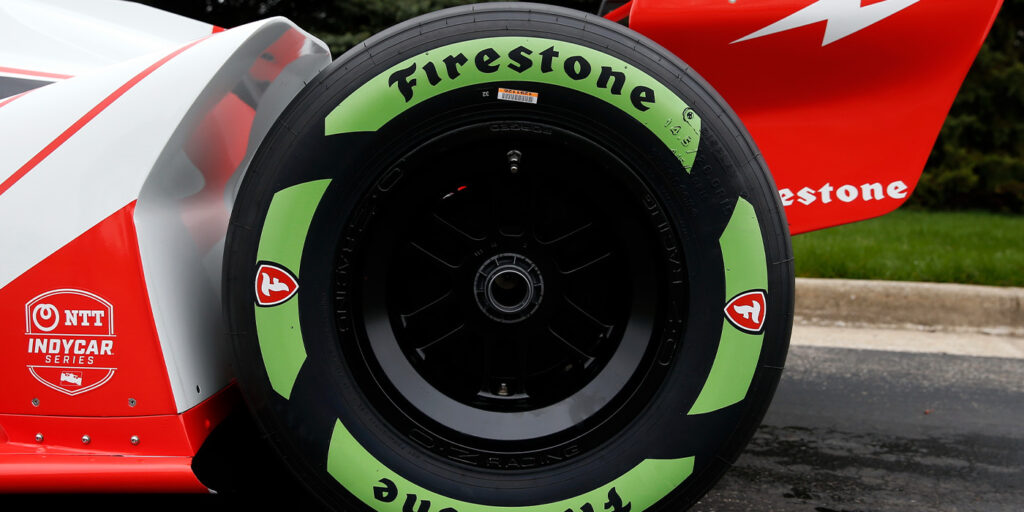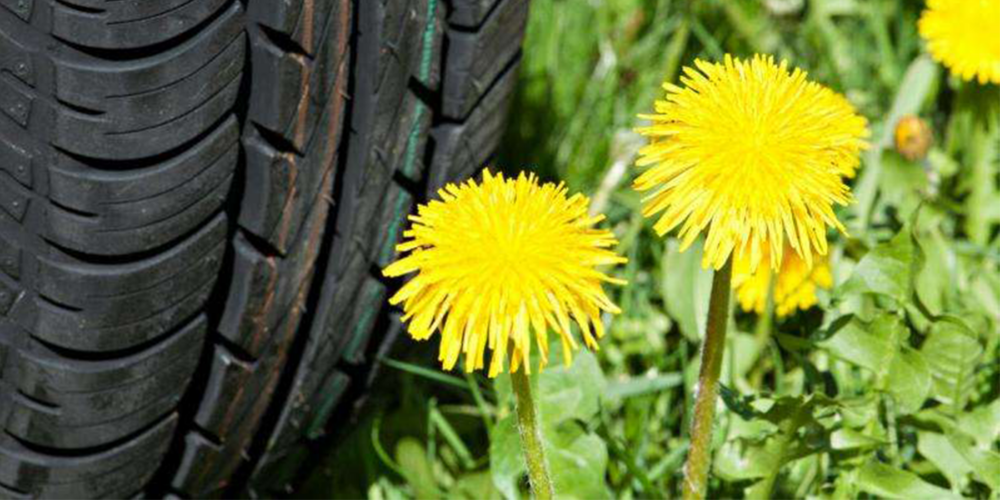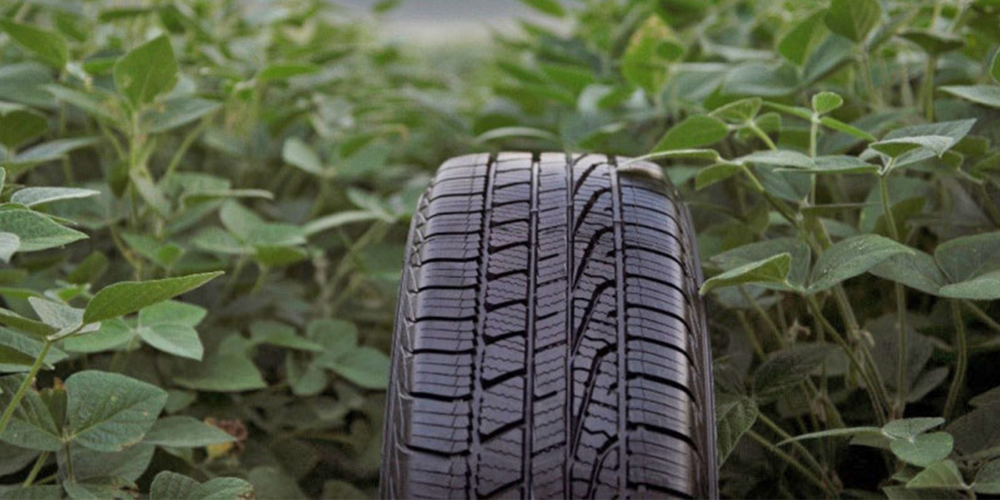With future automobiles leaning toward autonomy and digital connectivity, the tires that carry those vehicles also are expected to upgrade their level of intelligence and electronics. However, the nuts and bolts of tires – their chemical and physical makeup – will also likely evolve via new materials and compositions.
Materials science is an area of tire development where the industry has shown incredible ingenuity and perseverance in recent years. While petroleum, steel and various fibers will continue to be used in the composition of tires, many alternatives – soybeans, dandelions, tomatoes, moss and much more – are being studied and used in potential future products.
For tire engineers, it’s a proud moment when a material technology that was born in a chemistry lab travels all the way to commercialization and implementation in a new product. The unique breakthrough materials help to advance a positive story for a particular company or for the tire industry overall, but the fact remains – the tire with the noteworthy ingredient must still perform at an equal or better level of performance.
One of the more significant examples of unique materials in tires is Goodyear’s work in soybean oil. It represents a significant landmark in the replacement of petroleum-based oils in tires, and offers a strong story of sustainability and science, helping to reduce the use of non-renewable petroleum-based products.

The company worked with the United Soybean Board to advance the project, making it more than a vision; Goodyear has multiple consumer tires in market that contain soybean oil, with plans to expand the technology to other segments.
The broad use of silica in tires, now very commonplace, has expanded with another example of alternative raw materials. A silica product made from residual rice husk ash, a byproduct of rice processing, can deliver performance similar to sand-based silica. The bio-based source helps reduce waste going to landfills and has been led in efforts by Goodyear and rice husk ash silica processors. Most recently, efforts like this have allowed Goodyear to develop a demonstration tire that is comprised of 90% sustainable materials.
A tire component as basic as carbon black is also being studied. Recovered carbon black offers an opportunity to reduce the industry’s reliance on petrochemicals, and Michelin and Bridgestone have teamed up for a joint perspective around this possibility.
The two companies believe a portion of traditional carbon black could be replaced by recovering some of the material in tires. They have outlined a path to potentially reuse carbon black from tires and other rubber products.
With recycled carbon black and other initiatives, Michelin has proven the capability of producing tires with sustainable materials. The company claims it has achieved this year the use of 40% or more of sustainable material integration in some of its motorcycle tires. This pushes Michelin forward in its goal to reach an average of 40% sustainable materials across all its product ranges by 2030.
Bridgestone, too, is already using breakthrough materials in actual tires via its implementation of guayule in racing tires. Certain competition tires have the alternative natural rubber, made from a heat-tolerant desert shrub grown in the American Southwest.

Bridgestone believes guayule rubber has the potential to have a lasting economic impact, can reduce energy and deliver other environmental benefits associated with transporting natural rubber that is sourced overseas. The company continues to pour resources into guayule research and commercialization after launching its guayule initiative in 2012.
Another interesting plant material that is receiving plenty of attention as a tire material alternative is the Russian dandelion, referred to as the TK species. Various tire companies and public-private partnerships have made progress on this technology over the years.
Both Continental Tire and Apollo Tyres have used dandelion rubber to make bike tires. Apollo was involved in a European consortium that began in 2014 to establish a production chain for dandelion rubber, beginning with the plant’s cultivation.
Continental has partnered with various organizations to produce and test tires with a tread made of 100% dandelion natural rubber. The company believes it can manufacture dandelion-based consumer tires within 10 years, and reports “promising” tests of dandelion truck tires.
The challenge is to plant, grow and harvest enough of the TK-species dandelion latex to make a reasonable impact. The advantages are clear; rubber trees typically take seven years to produce the latex needed for rubber production, but dandelions can be harvested every six months. They are also amenable to other climates, while rubber trees can only thrive in an area around the equator known as the “rubber belt.”

Global models show that market demand for natural rubber is set to outpace production capacities, which leads to volatile pricing of the raw material and potential shortages.
This revelation has led the U.S. government to take notice and move toward supporting dandelion rubber research. Goodyear announced in early 2022 a program with the U.S. Department of Defense and the Air Force Research Lab to develop a domestic source of dandelion rubber. The agreement meshes with natural rubber being classified as a “strategic raw material” that serves as a critical ingredient in military, aircraft and truck tires.
The goal is to use the dandelion rubber to make military aircraft tires that will be built and tested by Goodyear in cooperation with Wright-Patterson Air Force Base in Ohio. If additional testing yields good results, there is potential for the dandelion rubber to be used in all tire applications.
Elsewhere, researchers at the University of Minnesota have worked on a technology to produce automotive tires from trees and grasses. The project involves a chemical process to make isoprene, a monomer of natural rubber, and the university claims the production of biomass from trees and grasses would be identical to current tires in terms of appearance and performance. Many tire companies have also worked in this isoprene alternative space.
As another example of public-private efforts, Sumitomo Rubber Industries is working with a pair of universities in Japan for improved natural rubber yields and new strains of natural rubber – via an enzyme derived from tomatoes. The company made the announcement in June at the International Rubber Conference in Germany.
For even more extreme ideas in the tire materials area, consider Goodyear’s far-future concepts featured at the Geneva Motor Show in recent years. This has included the “Oxygene,” a 3D-printed tire made of recycled tire dust with living moss in its sidewall; the “reCharge,” which uses replaceable capsules that regenerate the tread; and the “Eagle 360 Urban,” a sphere made of bionic skin and a morphing tread.
That’s a lot to grasp.
Looking 10 years or more down the road at the tire performance criteria that will be most important, the same items – rolling resistance, weight, all-season vs. winter grip, puncture resistance, tread life – will matter. Yes, the performance expectations are increasing, with no trade-offs, but tire manufacturers are getting ahead of the curve by advancing the science of materials in creative ways.














